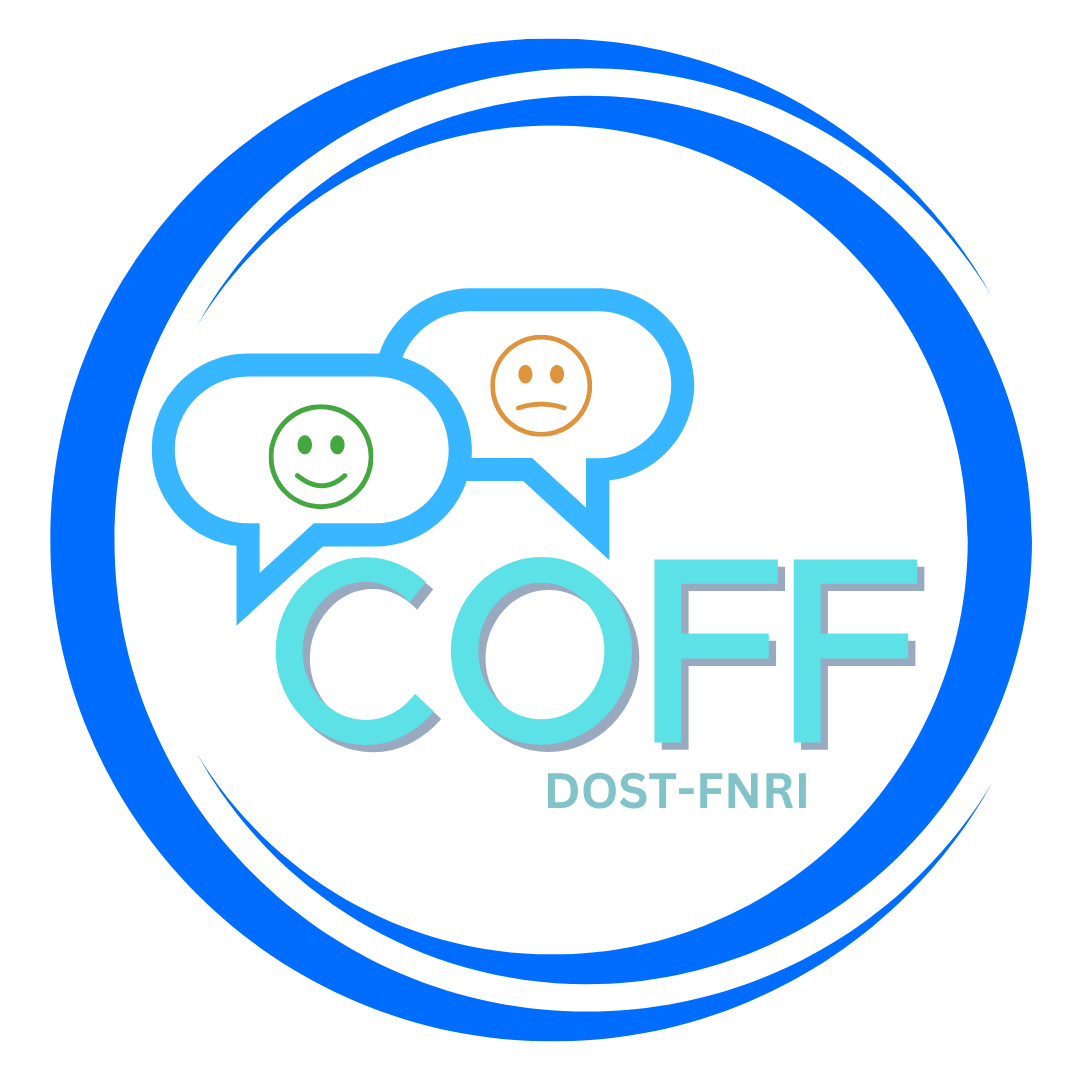- Details
- Hits: 62558
The Food and Nutrition Research Institute, Department of Science and Technology (FNRI-DOST) recently reported the evaluation study of the National Milk Feeding Program (NMFP) administered by the National Dairy Authority, Department of Agriculture (NDA-DA).
The researchers from FNRI-DOST led by Ms. Clarita R. Magsadia, Senior Science Research Specialist, of FNRI-DOST, reported that the fresh milk produced by the NDA-assisted dairy cooperative utilized in the milk feeding program was highly acceptable and highly tolerated by the children beneficiaries.
They noted that the locally produced fresh milk contributed to the improvement of the children's diet and their nutritional status. The rationed fresh milk contributed to about 8% of the total energy, 12% of protein, and 41% of calcium intake of the participating children. This narrows the energy gap by 43.5% among the 1-3 year old children and by 23.7% among the 4-6 year old children participating in the program.
The improvement in the nutritional status reflected by a significant decrease in the prevalence of thinness among participating children as compared with the children without the milk ration.
The improvement of the nutritional status of the children beneficiaries also reflected a significant reduction of frequency occurrence of acute respiratory infection (ARI) at the 6th month of the milk feeding period. The mothers and caregivers of children beneficiaries reported other positive improvements in the overall disposition and physical appearance, including changes in the behavior, social and psychosocial well-being.
In the process documentation conducted by FNRI-DOST researchers, they emphasized the importance of deworming the participating children to be administered by authorized health personnel in the Rural Health Unit (RHU) before the start of the feeding program.
The FNRI-DOST researchers, further recommended the importance of mix intervention as vital to theImage success of the program, such includes nutrition education, use of other supplementary foods plus milk rationing, strict compliance to the Standard Operation Policies and Procedures (SOPP) throughout the feeding period like the mode and frequency of milk rationing and deworming orientation.
A total of 333 children for the communities/barangays with milk feeding program participated in the study, 199 came from Luzon, 120 from Visayas, and 94 came from Mindanao. The fresh milk for the children in Luzon was supplied by the Katipunan ng mga Kooperatibang Maggagatas, Ink. (KKMI) in Laguna, while those in Visayas was supplied by the Cebu Federation of Dairy Cooperatives (CEFEDCO) in Cebu, and those in Mindanao was supplied by Federation of Davao Dairy Farmers Cooperative (FEDDAFC) in Davao. The FNRI-DOST perceives bright prospects for the Milk Feeding Program. It addressed the malnutrition problem as well as the livelihood problem in the countryside by providing a steady demand of fresh milk to be supplied by the local dairy cooperatives. Moreover, the NMFP benefited the government through increased income from milk production and generation of employment for the people.














